|
Stock Charts
Traders and investors always look at stock charts when they make trading
decisions, because those charts contain essential information about the behavior of
stock prices. Here are some familiar types of stock charts that facilitate our stock
performance analysis.
Line Chart
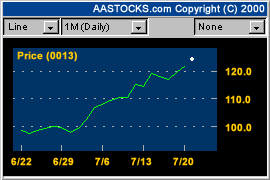
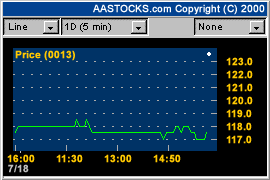
Figure 1. Line Chart of Stock Prices
A line chart is simply a line graph connecting stock prices at different times. Shown
in Figure 1, examples of a daily chart and an intra-day chart:
Bar Chart
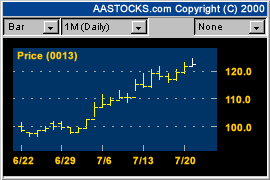 
Figure 2. Bar chart of daily prices for Hutchison.
Figure 2 shows an example of a bar chart, displaying the daily open, high, low and
close prices of Hutchison. One can see that, compared with the line chart, the bar
chart reveals more information about the prices of a stock.
Candlestick Chart
Candlestick charts are very popular in Asia. Essentially, they contain the same
information as bar charts. Figures 3 shows an example of a candlestick chart:
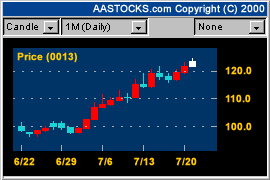
Figure 3. Candle Stick Chart
Reference Charts
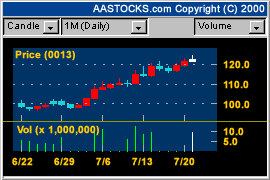
Figure 4. Daily price candlestick chart with daily volumes.
Besides price, trading volume is an important source of market information. The
common practice is to plot stock prices together with volume bars or other technical
indicators to be discussed in detail in the next section. These accompanying graphs
are called "Reference Charts." Figure 4 shows a stock chart with daily volumes.
|
